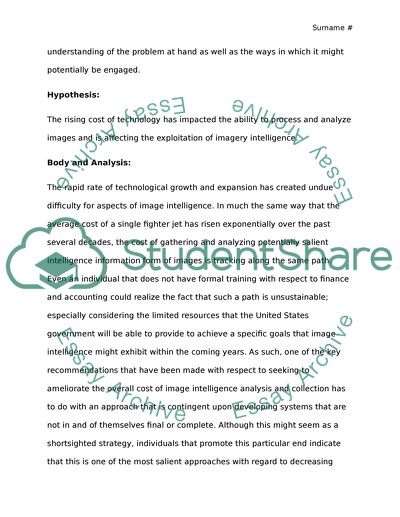Cite this document
(“How has the advancement of technology affected the ability to produce Research Paper”, n.d.)
Retrieved from https://studentshare.org/military/1655447-how-has-the-advancement-of-technology-affected-the-ability-to-produce-and-analyze-imagery-intelligence-imint
Retrieved from https://studentshare.org/military/1655447-how-has-the-advancement-of-technology-affected-the-ability-to-produce-and-analyze-imagery-intelligence-imint
(How Has the Advancement of Technology Affected the Ability to Produce Research Paper)
https://studentshare.org/military/1655447-how-has-the-advancement-of-technology-affected-the-ability-to-produce-and-analyze-imagery-intelligence-imint.
https://studentshare.org/military/1655447-how-has-the-advancement-of-technology-affected-the-ability-to-produce-and-analyze-imagery-intelligence-imint.
“How Has the Advancement of Technology Affected the Ability to Produce Research Paper”, n.d. https://studentshare.org/military/1655447-how-has-the-advancement-of-technology-affected-the-ability-to-produce-and-analyze-imagery-intelligence-imint.


